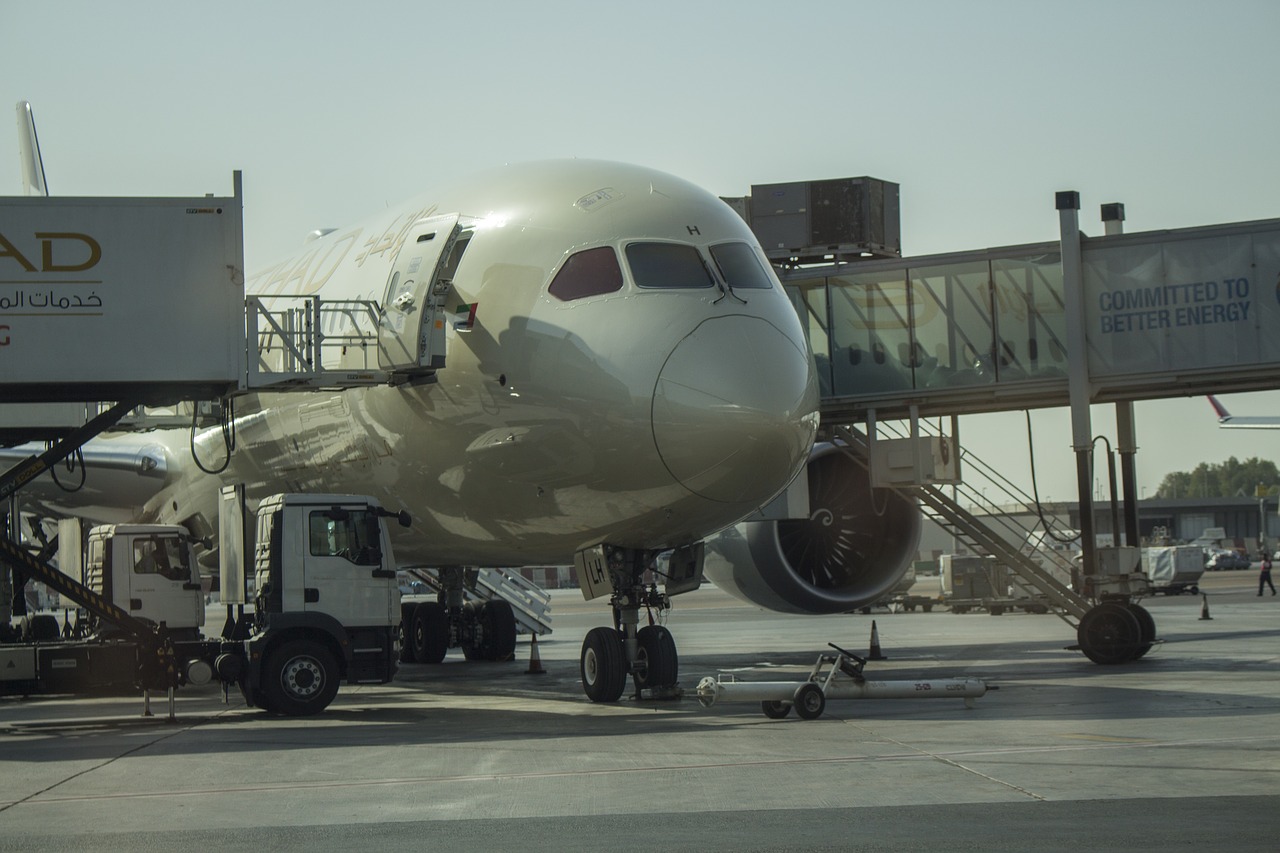The global travel and tourism industry experienced a major setback during the COVID-19 pandemic. According to the United Nations World Tourism Organization (UNWTO), the total global economic contribution of tourism was $1.6 trillion in 2020, down significantly from $3.5 trillion in 2019. With countries continuing to open their borders and relax travel restrictions, the industry has been on an upward trend since 2021 but still substantially below pre-pandemic levels.
The Airports Council International (ACI) projects domestic and international passenger traffic will return to pre-pandemic levels by 2023 and 2024, respectively. Passenger arrivals in the Middle East, according to UNWTO, grew 157 percent in January to May 2022 from the same period in 2021. The travel industry in the Middle East is not only expected to fully recover but continue growing at unprecedented levels, so much so that the ACI anticipates a capital need of more than $150 billion over the next two decades to accommodate future air passenger growth.
The Middle East already boasts world-renowned airports like the Al Maktoum International Airport (UAE) and the King Abdulaziz International Airport (Saudi Arabia). In addition, there are several ongoing airport expansion projects and new terminal builds in the region.
Kuwait Airport Expansion
Launched in 2017 as an integral part of Kuwait’s National Development Plan and Vision 2035, the three-phase Kuwait International Airport expansion project will boost passenger capacity to 25 million per year with flexibility to expand and accommodate as many as 50 million passengers per year. The Kuwait government initiated the project in response to rapid growth in air traffic at the airport in the 21st century. The airport, which welcomed fewer than 5 million passengers in 2004, had a passenger flow of 15 million before the pandemic in 2019.
Construction for the entire scope of the project, which includes the build of the new Passenger Terminal 2, costs an estimated $4.36 billion. The first phase of the project also included the development of a central power building, security building, water tank building, infrastructure tunnel, and electrical substations. Subsequent phases focused on the development of surrounding infrastructure, including service buildings, a parking lot, taxiways, and roads leading to the terminal.
The new terminal, situated on a 6.8-million-square-meter lot, is a four-story, 708,000-square-meter building with 120 check-in desks and the capacity to handle more than 2,900 bags an hour along a high-speed, 6-kilometer baggage conveyor system. The terminal also features a variety of sustainable elements, including rooftop photovoltaic panels, and could become the world’s first LEED Gold-accredited passenger terminal building upon its expected completion in 2025.
Hamad International Airport Expansion
It’s no secret that Qatar will be one of the hottest tourist destinations in 2022 as the country is hosting the 2022 FIFA World Cup in November and December. Qatar has built seven new stadiums in anticipation of the event and has completed a major expansion of the Hamad International Airport to accommodate an expected increase in international travelers.
The second phase of the $1 billion expansion project, which began in January 2020, includes the construction of a central concourse and will increase passenger capacity to in excess of 53 million passengers per year. The third and final phase, expected to begin after the World Cup, will increase annual passenger capacity to more than 60 million.
“The expansion of Hamad International Airport is a vital part of the future success of the Qatar Airways Group, and of course of the country’s preparations to host the 2022 World Cup and beyond,” notes Qatar Airways Group chief executive H.E. Akbar Al Baker. “It is also a strong sign that Qatar’s economy is robust and acts as a further economic stimulus, providing excellent opportunities for local and international contractors.”
Musandam Airport
The Musandam Airport is a new project in Oman currently in the design phase. Expected to be completed by late 2026, the $250 million project involves the construction of a passenger terminal with capacity to accommodate 250,000 passengers per year as well as a pair of runways, aircraft parking bays, air traffic control tower, taxiways, cargo zones, and parking facilities. It will also include a hangar area that can accommodate aircraft as large as Airbus 320 and Boeing 737.
New Sharjah International Airport Expansion
Hoping to increase annual passenger capacity to 20 million, the Sharjah Airport Authority (SAA) in the UAE is carrying out a comprehensive expansion project of the Sharjah International Airport. The main component of the project is the passenger terminal, expected to cover 120,000 square meters. The entire project is expected to be completed by 2024.
Several components of the project have already been completed, including the construction of a new sewage treatment plant and the MoGas fuel station. Sharjah Electricity, Water and Gas Authority also built a 33 kV substation at the airport. The SAA, in October 2020, inaugurated an expansion of the eastern zone of the airport that included four new gates, as well as nine waiting areas and food and beverage shops.

